Judd * Turkish Green Beans
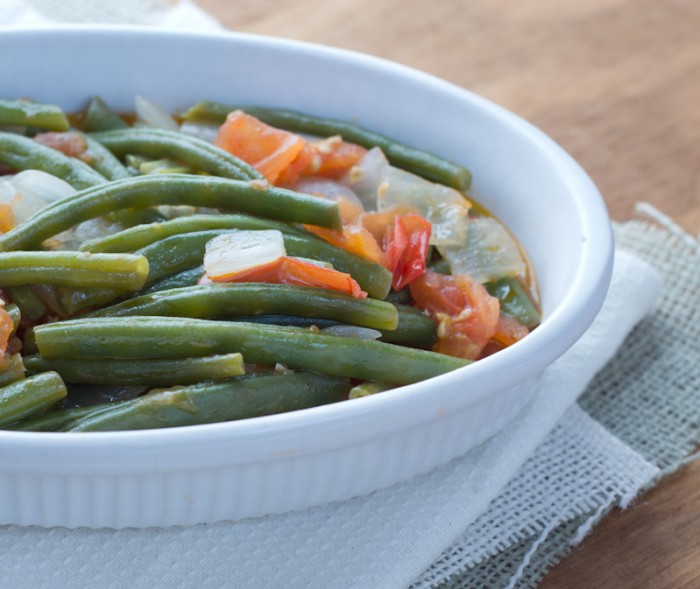
I’m almost embarrassed about this week’s post because it requires pinning one of my own food photos (above) almost directly next to those of one of the best food photographers in the country. Which, when you think about it, is sort of like volunteering to pose next to Heidi Klum – and when is that a good idea?
Still, Judd Pilossof’s work is too good not to pass along. What I like about his photos is that while they are styled to perfection, they are not busy or overdone, and they are interesting without being in your face. His photography brings out and plays upon the natural beauty, color and texture of food. What you see is a work of art, but it is still food.
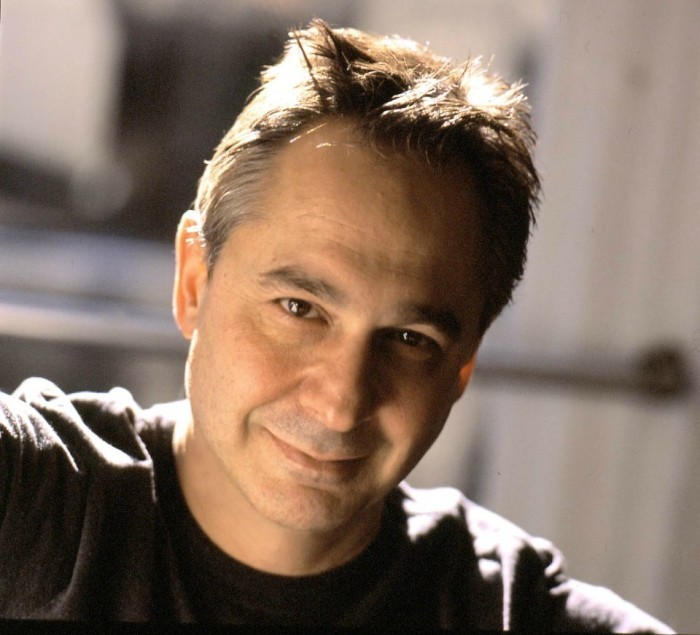
Judd Pilossof
As for his large, New York City studio? It’s just as swanky as you might imagine — spacious, airy and light-filled, with tall paneled windows and rustic wood flooring. Sleek martini glasses — the focus of a current shoot — sit poised and pretty on a long, outstretched table. Food, as you might expect, is everywhere: dried goods packed in boxes, a fridge full of cheese, honey and sausage from a prior shoot. A small herb garden grows on the balcony, various props and backgrounds are set out in a corner. It is only August, but already the holiday shoots have begun and the studio is bustling with smartly dressed assistants.
Still, for someone so accomplished, Judd was incredibly humble and gracious enough to sit down with me to talk a bit about food, photography, cooking, and how all these things relate. The whole experience was a blast, and I’m excited to share with you some snippets from our conversation.
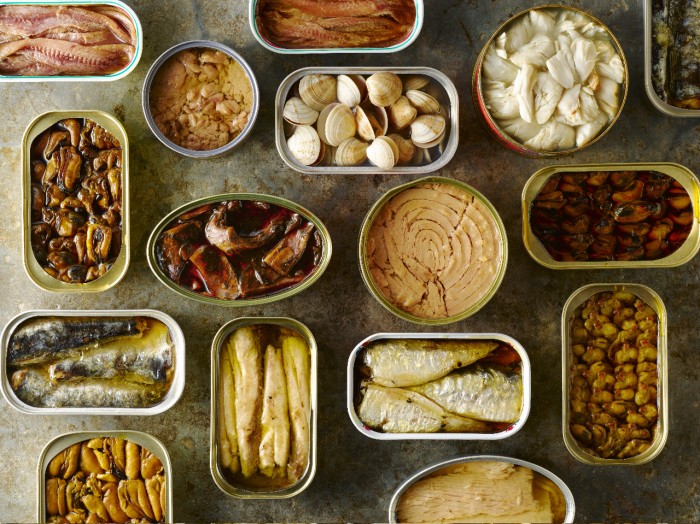
Photo credit: Judd Pilossof
On cooking
My wife started out as a pastry chef and then became a food stylist, so we’re both around food all day. We really like to cook, but we cook very simply. I grew up in a family where everyone cooked. My grandfather owned a Turkish restaurant in New York where my father eventually worked, and my grandmother was also a great cook. I come from two very different ethnic backgrounds. One is kind of a Russian, Polish, Jewish background, and the other is sort of a Mediterranean, Turkish, Bulgarian one. So at a very young age I was exposed to, and understood, differences in food, tastes, and spices.
On a favorite recipe
I do this kind of crazy Turkish string bean dish that I like a lot and that goes really well as a side to some kind of protein. It’s a very simple dish, and normally I like my vegetables on the firm side, but this one is best cooked through. It’s something my grandmother used to make, my father used to make, and I make quite a bit.
I also make a mean spaghetti sauce. I cook differently almost all the time, using whatever is available. I like to go to farmers markets and just see what looks good. I think if you start out with fresh, quality ingredients then it’s really easy to improvise and create good flavor.
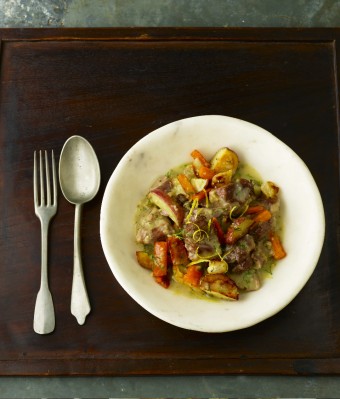
Photo credit: Judd Pilossof
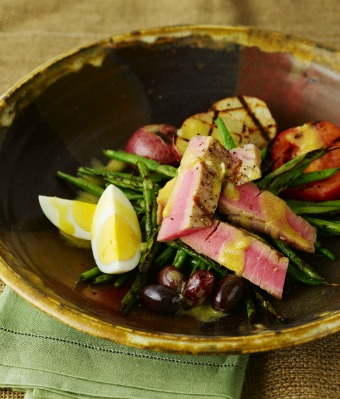
Photo credit: Judd Pilossof
On the changing neighborhood
This neighborhood, 9th Avenue, back in the day was the food place, where all the foodies went. There’s very little of that left now, a lot of chain restaurants have taken over, rent has increased, but there are still a couple of family-owned stores that have been here for 50-80 years. There’s a great store I like to go to that sells delicious Greek pastry and all kinds of spices.

Photo credit: Judd Pilossof
On getting involved in food photography
It was something that evolved over time. Today, photographers think about food photography from the very beginning; I really started out just wanting to be a photographer. I actually graduated with an anthropology degree, but I always had a camera with me when I was an anthropologist, so the switch wasn’t really much of a stretch. One day, somebody came to me and asked me to photograph their cookbook, and I said yeah, sure, even though I had no experience with that kind of thing. And I loved it, it was wonderful. I saw that people react to food photography more strongly than to almost any other area. From there, things progressed — from editorial, to cookbooks, to advertising. People don’t understand the scope of the food photography industry and how big it is. You walk down the aisles of a supermarket and there is a picture on every label. You know, that’s part of what I do.
On gaining experience
At first, I did a lot of assisting other photographers. In high school I was always a bit of a photography nerd, but I didn’t go to school for it. You can get a degree in photography and you’ll learn how to use the computer really well, but when it comes down to it, it’s a matter of style, a matter of taste. If you’re 21 years old and you live off of cereal, you’re probably not going to know what food goes with what. You’re probably not even going to know where the silverware goes in relation to the plate.
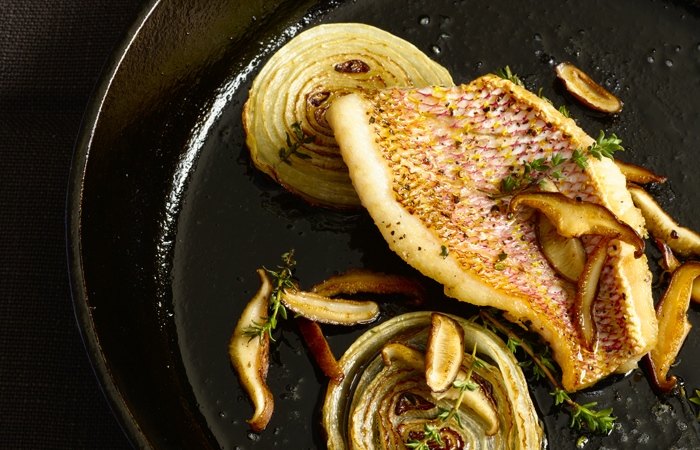
Photo credit: Judd Pilossof
On digital photography
The lighting is as old school as it gets. It may have a modern flair to it, but it is basically the same old equipment we’ve been using for 20 years. The only real difference is that now we shoot digitally, we shoot faster; we can have something up and running and sent to a client within a matter of minutes. A lot of what we do is about communication. We’ll send an email saying ‘what do you think?’ and then we’ll get feedback and the client doesn’t even need to be there.
On choosing the final frame
It’s never like that – it’s never ‘let’s choose between this one and that one.’ It’s generally a progression, it goes from start to finish, and then maybe at the very end it’s about deciding between two variations of something. If we’re pouring chocolate over something, it’s click, click click! And then, ‘I like that one best.’ But the process, especially with prepared food, is usually us saying ‘let’s move that over a bit,’ or ‘I can’t see that because it’s hiding behind something else,’ or ‘the bread looks too crispy.’ It’s planned out ahead of time, but it’s always a progression.

Photo credit: Judd Pilossof
On a versatile starter lens for aspiring food photographers/bloggers
The truth is, there is a huge array of lenses out there and we all have our favorites. I happen to like a longer lens, but maybe that isn’t your style. In general, I like my work to have a softer background to bring your eye to the thing that’s sharpest. But that’s not so much about your lens but about your aperture, your depth of field and where you focus. If you were only going to buy one lens, I would actually have to go with a zoom lens. It’s a little softer than a fixed lens, but you’re better off having more versatility. A 24-70mm zoom lens would have you covered pretty well. Light is also important. I would recommend natural light, coming in through the window. It isn’t bright, it’s not direct – it’s just nice, soft light and it’s great for photographing food.
Three Quick Questions…and Judd’s Answers
It’s your last meal. What do you have?
Probably steak frites or a cheeseburger. After I travel, I always come back to my local pub to get my fix.
Your kitchen is burning down. What’s the one thing you grab?
My chef’s knife or my All-Clad pans. Got to go basic on that question.
Do you have a favorite cookbook?
I’m a big fan of Mark Bittman’s How to Cook Everything. Very useful.
- 2 medium tomatoes
- 2 medium onions, chopped
- 2 garlic cloves, chopped
- ⅔ cup extra-virgin olive oil
- 1 pound green beans, trimmed
- ½ cup water
- ¼ cup white wine (or more water)
- 1 tablespoon sugar
- salt and pepper to taste
- Blanch tomatoes in a small pot of boiling water for about 10 seconds. Using a slotted spoon, transfer immediately to a bowl of ice water to stop the cooking. Drain, peel, and coarsely chop.
- Meanwhile, heat olive oil over medium-high heat in a large, wide, heavy pot. Add onions and garlic and cook about 5 minutes until onions have softened. Add tomatoes and cook, stirring occasionally, another 5 minutes.
- Add beans, water, wine, sugar, salt, and pepper and bring to a boil. Reduce heat to medium-low, then cover and simmer until beans are tender but slightly crisp, about 30 minutes or to your own taste.
- Season with salt and pepper and allow beans to cool. Serve with a squeeze of lemon juice and a dollop of plain Greek yogurt, if desired.















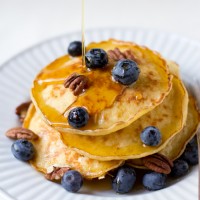
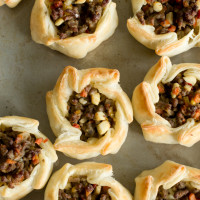
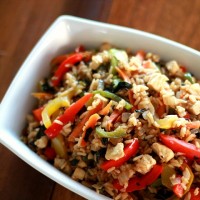
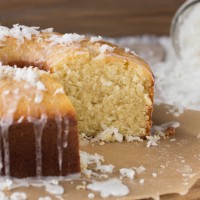
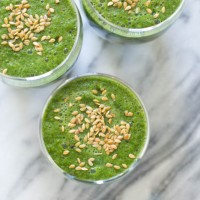
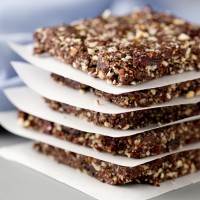
Yep, to be honest, I come here for the stories. Here, I got lucky with photography tips — need a new camera, a kitchen with more light, and a crew of smartly dressed assistants — as well as with a nice recipe to help me finish off the green beans in my garden!
Haha, you and me both, Jennifer! 🙂
What stunning photographs! As an anthropology major and photographer, I’m pretty sure I found my new hero.
There you go! His photos are stunning, definitely something to aspire to.
Love this – such a good read, and the eye candy is stunning too. Beautiful images!
Great post! Thanks for sharing Judd’s story.
Liren & la domestique – thank you! It was a fun one to do!
Such a great interview! That image with the canned seafood is just ridiculous!
Thanks, Kimberley! I know — the combination of colors, textures, shapes…it’s insane!
Really fascinating interview! I really enjoyed digging in, learning how photography has changed (and hasn’t) and also oggling at the photography. It truly is beautiful!
Thanks, Kasey 🙂 Glad you enjoyed it!
I finally got around to making the Turkish green beans after visiting the farmer’s market today to supplement the handful of beans from my garden. The beans were infused with the flavor of garlic and olive oil and the dish was beautiful!
Erica– how fun! I imagine fresh green beans from your own garden + the farmer’s market made for an incredible dish!